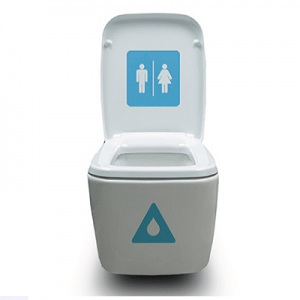
Agriculture
November 9, 2023

Updated on November 9, 2023
·Created on September 10, 2021
Ecoswell’s dry waterless composting toilet is designed to convert waste into compost and fertilizer.
EcoSwell’s dry waterless composting toilet is designed to convert waste into compost that can be used as a fertilizer for local crops.
Waste is collected in alternating plastic containers which allows for the waste to decompose into compost over time.
Target Users (Target Impact Group)
Distributors / Implementing Organizations
Manufacturing/Building Method
Unknown
Intellectural Property Type
Other
User Provision Model
This product is distributed in partnership with Engineers Without Borders.
Distributions to Date Status
Unknown
Design Specifications
The design was inspired by the double vault Mexican design, but includes a urinal to limit urine entering the collection vault. It uses two separate toilets or can incorporate a mechanism for changing vaults with the use of one toilet. Either way, the waste is collected in alternating plastic containers which allows for the waste to decompose into compost over time. The toilets are designed to allow for upwards airflow that circulates unpleasant odors away from the user.
Technical Support
Provided by the manufacturer
Replacement Components
Unknown
Lifecycle
Unknown
Manufacturer Specified Performance Parameters
The implementation of the dry toilets aims to be a sustainable sanitation solution to reduce sewage spillages, open defecation, and water consumption while providing compost to improve low-nutrient soil.
Vetted Performance Status
EcoSwell and Engineers Without Borders UK conducted a feasibility study of dry sanitation solutions in Lobitos, Peru. The study addressed three key issues in which the dry toilet can assist in reducing: sewage spills, open defecation, and water consumption. Additionally, the study deemed the compost produced would be ideal in adding nutrients to the local sandy soils in need of supplements. A barrier to implementation would be educating the community about dry sanitation and switching users away from current flush toilets. A design brief reported findings from EcoSwell’s pilot project reporting that the dry toilet is capable of saving 15,000 L of water and producing 2,000 L of compost per year. Overall, the two-year pilot project was successful, with the largest issue reported being the number of flies.
Safety
Possible hazards include unsanitary latrine emptying or structural failure.
Complementary Technical Systems
Maintenance and collection services.
Academic Research and References
EcoSwell, 2015, Sanitation in Lobitos: Study of the feasibility of Dry Sanitation Solutions.
Engineers Without Borders South Africa, UK and USA & EcoSwell, 2020, Engineering for People Design Challenge: Design Brief 2020-21.
The following sources were used to help inform the toilet design:
Winblad, U., & Kilama, W., 1985, Sanitation Without Water, Enlarged Ed edition, Macmillan Education.
WaterAid, 2011, Construction of ecological sanitation latrine.
Compliance with regulations
None
Other Information
None

Agriculture
November 9, 2023

Agriculture
November 9, 2023
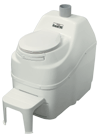
Agriculture
November 9, 2023
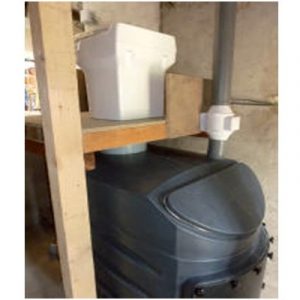
Agriculture
November 9, 2023

Agriculture
November 9, 2023

Agriculture
November 9, 2023
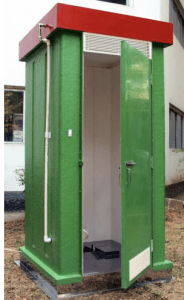
Agriculture
November 9, 2023

Agriculture
November 9, 2023

Agriculture
November 9, 2023
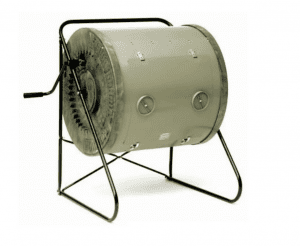
Agriculture
November 9, 2023
Have thoughts on how we can improve?
Give Us Feedback